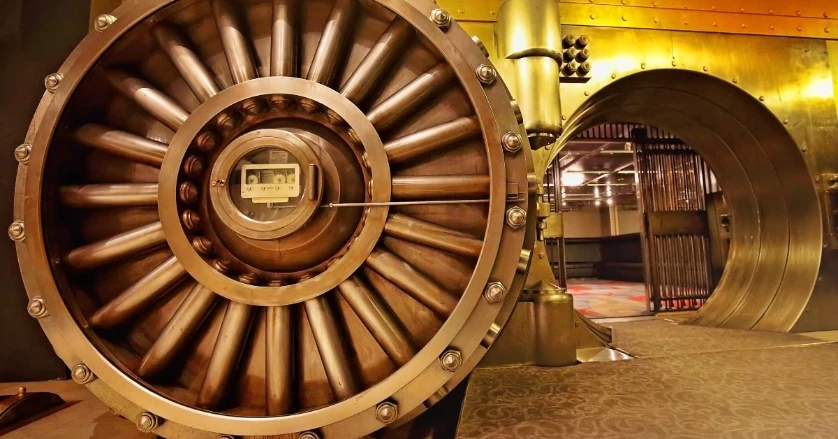
This blog is the fourth a series of 11 blogs on commodity market developments, elaborating on themes discussed in the April 2023 edition of the World Bank’s Commodity Markets Outlook.
Precious metals have rallied in the last three months following a dip in prices at the beginning of 2023. The World Bank’s precious metals index increased by 9 percent in 2023Q1, driven by a weakening U.S. dollar, geopolitical tensions, inflationary pressures, and increasing economic uncertainty. Strong industrial demand also played a significant role in lifting the price of silver and platinum. Weakening global economic growth and market expectations of fewer interest rates hikes may lead to further prices rising, especially if central banks purchase more gold.
Gold prices increased 9 percent in 2023Q1 amid a weakening U.S. dollar, geopolitical uncertainty, and persistently high inflation. The recent divergence of movements in gold prices and the 10-year Treasury Inflation-Protected Securities (TIPS) yield suggests that uncertainty has played a stronger role than central bank policy rates. Purchases by central banks soared to a 55-year high. Jewelry demand from China continues to be subdued, while demand from India has returned to pre-COVID-19 levels. Gold prices are expected to average $1,900 per troy ounce in 2023—6 percent higher than in 2022—and are forecast to decrease by 8 percent in 2024.
Silver prices increased 6 percent in 2023Q1 (q/q). Industrial demand for silver rose by 6 percent in 2022, reflecting sharp increases in its usage for photovoltaics (12 percent), consumer electronics (7 percent), and silverware (25 percent). Silver prices are projected to increase by 6 percent in 2023, amid continued high demand, before falling 4 percent next year.
Platinum has been very volatile so far this year, though its average price remained broadly unchanged in 2023Q1 (q/q). Industrial demand remained strong in 2022 but was lower than its record level in 2021. Ongoing disruptions to energy output in South Africa, the largest global producer of platinum, reduced supply. Recycling of platinum catalysts from old vehicles has also been affected by supply chain interruptions in the auto sector, which reduced inventory. Prices are expected to average $1,000/toz in 2023, a 4 percent increase over 2022, and rise a further 5 percent next year.



Join the Conversation